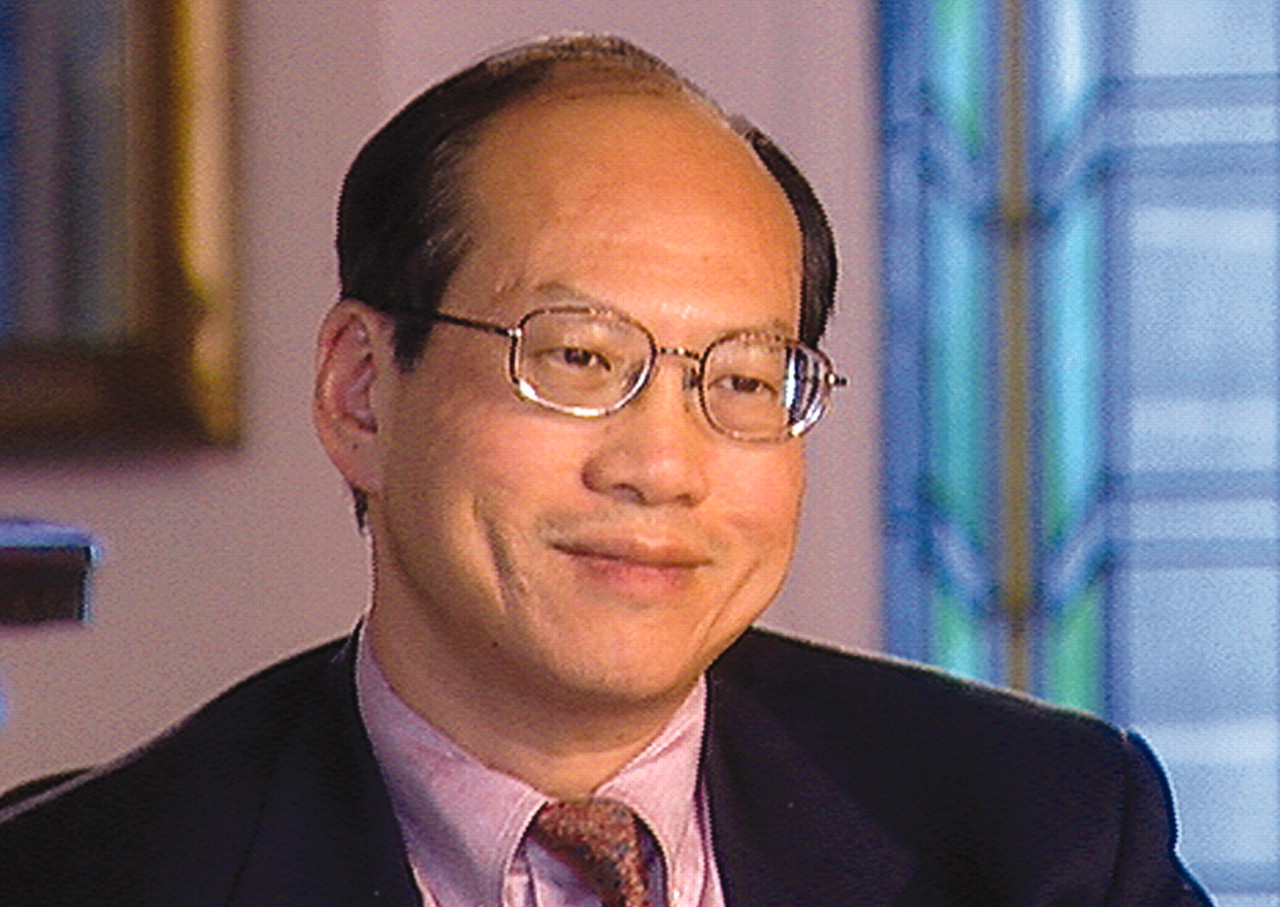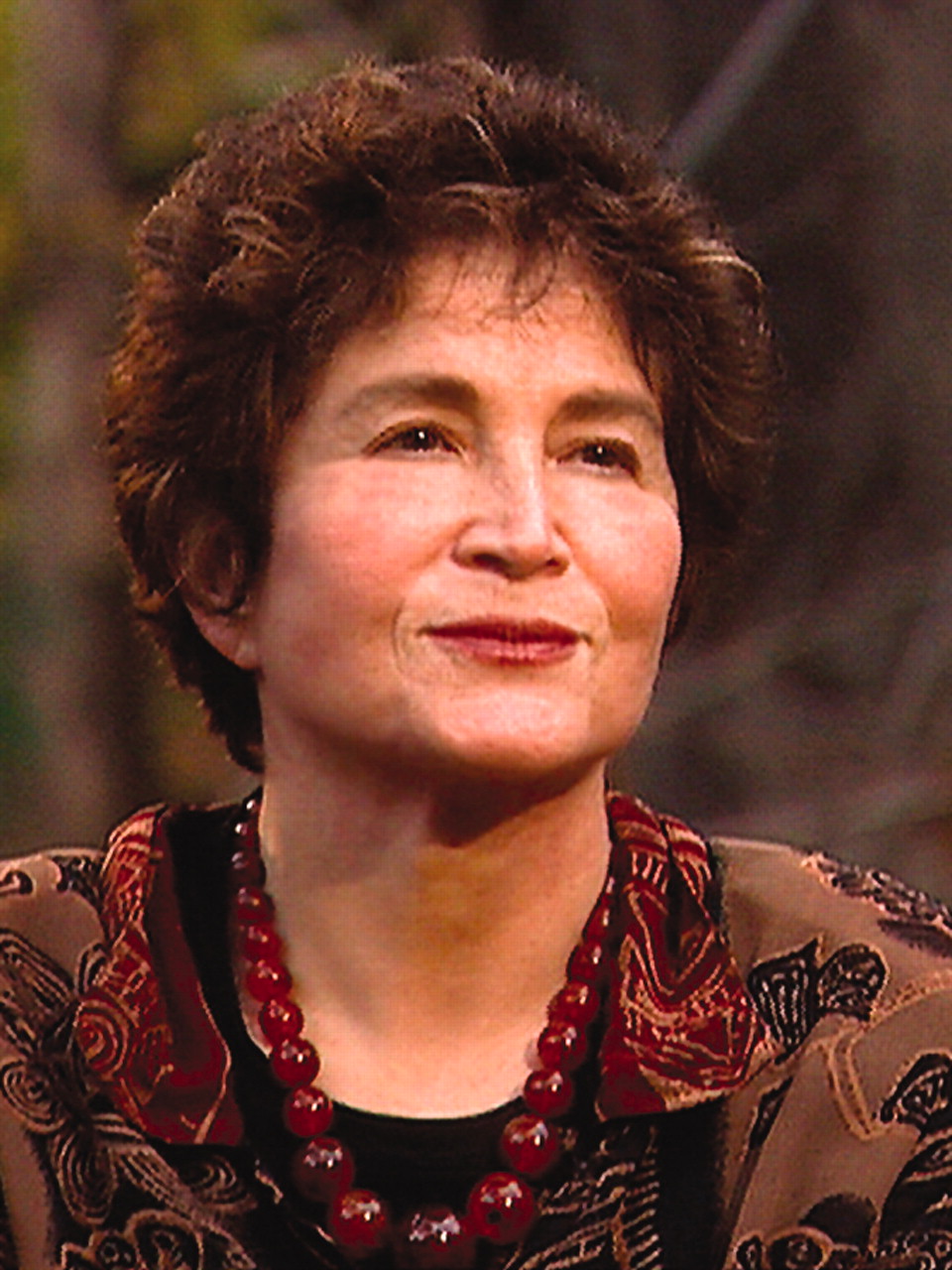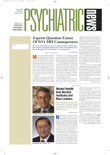A new video is bringing the DSM-IV “Outline for Cultural Formulation” to life in a way that will help psychiatrists and mental health professionals to better understand culture in the context of mental illness and psychiatric treatment.
“The Culture of Emotions: A Cultural Competence and Diversity Training Program” features commentary from mental health experts on how culture, ethnicity, religion, sexual orientation, and gender are filters through which mental illness emerges and must be treated.
“Culture and locality often influence the way an individual expresses his or her distress,” Irma Bland, M.D., says in the video. Bland is a clinical professor of psychiatry at Louisiana State University. This “idiom of distress,” Bland said, may not correspond directly with the disorders listed in DSM-IV, and therefore clinicians must be careful not to interpret the symptoms as pathological when they may be normal in the context of a particular culture.
The National Institute of Mental Health (NIMH) Group on Culture, Diagnosis, and Care developed the “Outline for Cultural Formulation” in time for it to appear in DSM-IV, published in 1994. Juan E. Mezzich, M.D., Ph.D., professor and head of psychiatric epidemiology at Mount Sinai Medical Center in New York City and president-elect of the World Psychiatric Association, chaired the NIMH group and served as the scientific advisor on “The Culture of Emotions.”
Francis Lu, M.D., a professor of clinical psychiatry at the University of California, San Francisco, and director of the Cultural Competence and Diversity Program at San Francisco General Hospital, is the film’s executive scientific advisor.
“Sometimes when we talk about cultural psychiatry, people think we are talking about particular ethnicities or something exotic,” Lu told Psychiatric News. “But in reality, all patients have a cultural dimension that needs to be addressed.”
The outline includes five sections that deal with the following issues: a person’s cultural identity, cultural expressions and explanations of a person’s illness, cultural elements of the stressors and supports in a person’s environment, cultural elements in the relationship between the person and clinician, and overall cultural assessment for diagnosis and care.
Throughout the hour-long video, the experts—who represent different ethnicities and academic disciplines—offer their perspective on each section.
The video explores issues such as alienation, for instance, and marginalization, which can become an integral part of a person’s identity in some cases.
Billy Jones, M.D, a clinical professor of psychiatry and behavioral science at New York Medical College, pointed out that African Americans face certain challenges growing up in a predominantly white society. Questions they often have to address, Jones noted, include “How do you buy into the dominant culture? and How much do you try to hold on to your own culture?”
Marginalization occurs when a person is forced to part with the values that represent his or her cultural background because the values are not supported by those around the person, according to Ronald Wintrob, M.D., a clinical professor of psychiatry at Brown University. “It is an unfortunate choice,” he observed. “No one can deny his or her background, and those who do suffer greatly as a consequence.”
The video explores several culture-bound syndromes of which psychiatrists should be aware in assessing patients. Roberto Lewis-Hernandez, M.D., co-director of the Hispanic Treatment Program at the New York State Psychiatric Institute, sees patients with what is known as “ataque de nervios,” which can strike Latinos. During an “ataque,” people may feel intense emotion and be unable to control themselves.
Hernandez said that the syndrome has been observed and studied most often in Puerto Rican culture, where there is “great importance attached to being calm—even in the face of bad circumstances.” He said that when adverse circumstances happen to a degree under which it is impossible to remain calm, some Latinos cope by having bursts of loss of control, which are then contained very quickly.
‘The Witch Is Riding You’
Carl Bell, M.D., CEO and president of the Community Mental Health Council in Chicago, explained the phrase “the witch is riding you,” which is used to describe some African Americans’ perception of the paralysis sometimes experienced when waking up or falling asleep. They may even experience what is known as a “sleep hallucination,” said Bell, during which the person sees or hears something that isn’t there. Upon questioning, the person may reveal that he or she has been “hexed” and that “the witch is riding me.” What really is a case of isolated sleep paralysis, Bell said, warrants reassurance and not necessarily antipsychotic medication. Upon questioning, the person may reveal that he or she has been “hexed” and that “the witch is riding me.” What really is a case of isolated sleep paralysis, Bell said, warrants reassurance and not necessarily antipsychotic medication.
The cultural experts in the video highlighted the role of alternative treatments. One of the things that clinicians must take into account, said Maria Oquendo, M.D., an associate professor of psychiatry at Columbia University, is that “patients know that doctors, nurses, and social workers don’t believe in shamanism or healers.” Thus, patients may not reveal their belief in these forms of treatment unless the clinician is receptive to a discussion about them. “The caretaker’s role is to help the patient feel comfortable about revealing this type of information.”
Oquendo also explored the culture of homosexuality in the video. “If you were to ask, ‘What is American culture?,’ you would get a million answers,” she said. “The same is true of homosexual cultures.” In New York City, she said, these multiple gay cultures exist side by side and may be differentiated along ethnic lines. Latino gay men, for example, may perceive themselves differently from the way an African-American or white gay man perceives himself. “A Latino may not consider himself to be homosexual” if he is not the receptive partner, she noted. This has become an important issue to address in terms of HIV/AIDS education and treatment, for instance.
Question Assumptions
The video offers plenty of additional wisdom on how to enhance the therapeutic alliance between patient and clinician from a cultural standpoint. Psychiatrists and mental health professionals are not culture free and must be able to free themselves from previously unquestioned assumptions about people from other cultures, according to several psychiatrists who appear in the video.
Bell has been the target of such assumptions himself. “I recall walking into a dermatologist’s office, and the receptionist, because I am black, assumed I was on public aid instead of assuming that I ran a $16 million mental health center.” She asked whether Bell had his Medicaid card. “I was insulted because she stereotyped me, and it destroyed our possibility of ever having a relationship,” said Bell.
The video also touches on important differences between refugees and immigrants, language barriers, and religion.
Harriet Koskoff, producer and co-coordinator of “The Culture of Emotions,” told
Psychiatric News that she became interested in Lu’s work in cultural psychiatry a number of years ago and thought that a video would be an excellent tool to help clinicians grasp the complexities behind the “Outline for Cultural Formulation.”
“As a professional television producer,” Koskoff said, “I know that video is the most effective way to convey information about culture and its role in psychiatric diagnosis.” Koskoff has also produced “Despair,” a public television documentary on depression from a multicultural perspective.
“The Culture of Emotions” is available to APA members at a discount price of $108, including shipping and handling. A check can be made out to “The Culture of Emotions/Code EP-361” and mailed to Fanlight Productions Media Library, 22-D Hollywood Avenue, Hohokus, N.J. 07423. Videos can also be ordered by calling Fanlight Productions at (800) 937-4113 and giving the code listed above. ▪


